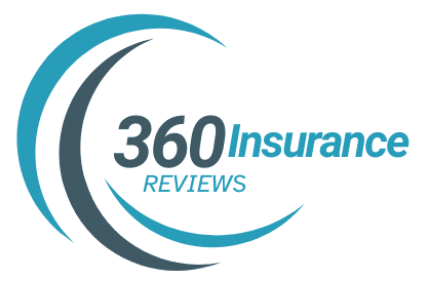Federal safety regulators are asking Tesla to clarify how its driverless taxis will operate safely in Austin, Texas, next month. This launch is part of a broader push for a nationwide "robotaxi" service, which is important for maintaining investor confidence and the company’s stock price.
The National Highway Traffic Safety Administration (NHTSA) wants to know how these taxis will handle various weather conditions, like fog, sun glare, and rain. These conditions have been linked to previous accidents involving Tesla’s driver-assistance software, including a tragic incident that resulted in a pedestrian’s death. Following this, the NHTSA launched an investigation into 2.4 million Tesla vehicles.
Elon Musk reassured investors during a recent earnings call that the robotaxi service would launch in Austin as planned. He envisions millions of these autonomous vehicles operating across the country by the end of the year. Stock analyst Dan Ives from Wedbush Securities expressed optimism, suggesting that a successful response from Tesla could lead to more widespread launches after the Austin pilot.
Regulators have given Tesla until June 19 to respond to their inquiries. The NHTSA typically asks for safety information from automakers, and while this request is standard, unsatisfactory answers could delay the launch in Austin.
Currently, federal regulators have limited authority over Tesla’s driverless taxis, as there are no national regulations specifically governing self-driving technology. However, these vehicles must still pass established safety checks. Ann Carlson, a former acting chief of the NHTSA, noted that the agency can mandate a recall if necessary but cannot require pre-approval for Tesla’s launch.
The regulators’ letter included several questions, asking for details such as the number and models of the taxis, their deployment plans, how they will be monitored, the types of sensors used, and the criteria for assessing their safety.
Musk has painted an optimistic picture of the future of driving, suggesting that soon, passengers might be able to sleep in their cars and wake up at their destinations. However, if the anticipated advancements do not materialize soon, Tesla may face challenges in justifying its high stock price. The company recently reported a significant drop in profits and has faced backlash over Musk’s political affiliations and actions.
As the launch date approaches, all eyes will be on Tesla’s response to regulators and the subsequent rollout of its robotaxi service in Austin.
